Measurements
Time or Voltage
eventually, everything becomes time or voltage (see ADC section), and gets compared to a reference value.
Voltage References

Not everyone can afford $300k Josephson Junction Array (JJA) systems, so LTZ1000s are the heart of most high-end voltmeters (like CBA’s 3458A 8.5 digit multimeter).

Image credit: https://xdevs.com/article/kx-ref/, copyright Illya Tsemenko
Time References
Caesium: primary “atomic clocks”, 1E-11
- spendy, large, used for UTC standard
Rubidium: secondary commercial standard, 5E-11
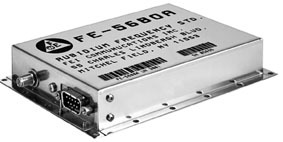
Cqdx, CC BY-SA 3.0 https://creativecommons.org/licenses/by-sa/3.0, via Wikimedia Commons; https://commons.wikimedia.org/wiki/File:Rb_oscillator.jpg
- ~$1k, used in GPS satellites, cellphone base stations, eBay’d by frequency standard enthusiasts
- work by “disciplining” a crystal oscillator to rubidium hyperfine transition: 6,834,682,610.904 Hz
Quartz: in most electronic devices, 0.01% to to 1E-8
- can be temperature controlled with feedback loop (TCXO) (1E-7)
- can be embedded in an oven for better temp control (OCXO) (1E-8)
- non-temp controlled: ~$1
RC oscillators: 1-10%
- can be calibrated to 0.1%
- very temperature dependent
- built in to most microcontrollers!
- often not accurate enough to support unclocked communication protocols (UART, USB, etc)
- Wow, Cheap
Phenomena
Electric Field
See Sensors, where this is discussed in detail.
Magnetic Field
High Sensitivity Magnetic Field Technology overview, Pappas
Sam’s load cell experiments which examine the practical limits of commercial Hall Effect sensors.
Parts:
- AMS AS5510, 10-bit linear position sensor
- AMS AS5103, 8-bit 2-axis position sensor
- AMS AS5147, 14 bit rotational position sensor, used on Clank motors for closed-loop-ness
Temperature
Bimetallic uses dissimilar metals’ relative coefficients of thermal expansion to bend a beam; add a tilt switch to make a thermostat.
Thermocouples: dissimilar metals generate a voltage through the Seebeck effect. Rugged, good for high temperatures, not as accurate or stable as RTDs.
RTDs (Resistance Temperature Detectors): inherent temperature/resistance relationship for metals. Stable, accurate, can be delicate (many use fine platinum wire).
Infrared: focus thermal radiation on a semiconductor detector and compare it to blackbody radiation curve * emissivity. Array (i.e microbolometers) for thermal imaging.
Calibration: vs standard or triple-point cell (whose accuracy depends on purity of water or other substance):
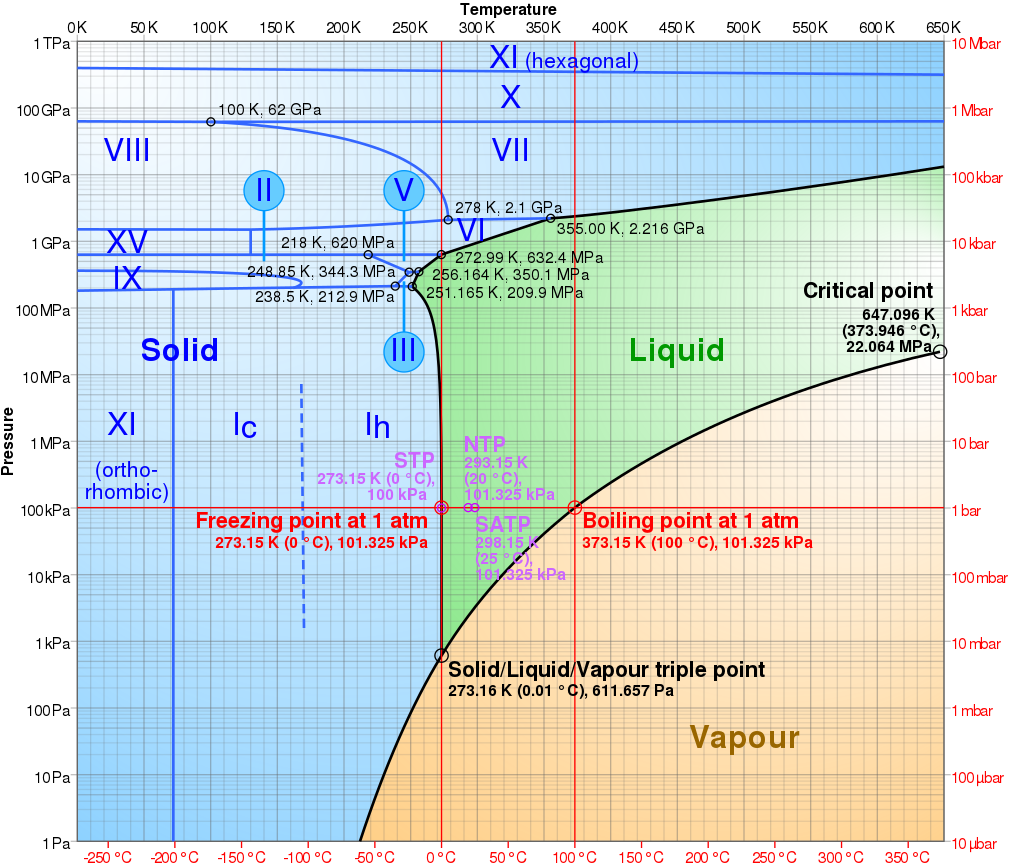
Cmglee, CC BY-SA 3.0 https://creativecommons.org/licenses/by-sa/3.0, via Wikimedia Commons; https://commons.wikimedia.org/wiki/File:Phase_diagram_of_water.svg
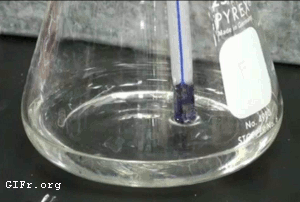
Force
Strain gauges: change in resistance vs displacement.

Black material is resistive, while orange material is insulative. Sensitive direction is horizontal! Pleriche, CC BY-SA 4.0 https://creativecommons.org/licenses/by-sa/4.0, via Wikimedia Commons; https://commons.wikimedia.org/wiki/File:Unmounted_strain_gauge.jpg
Glue to a beam of known material and geometry, wire four into a Whetstone bridge to make a load cell.
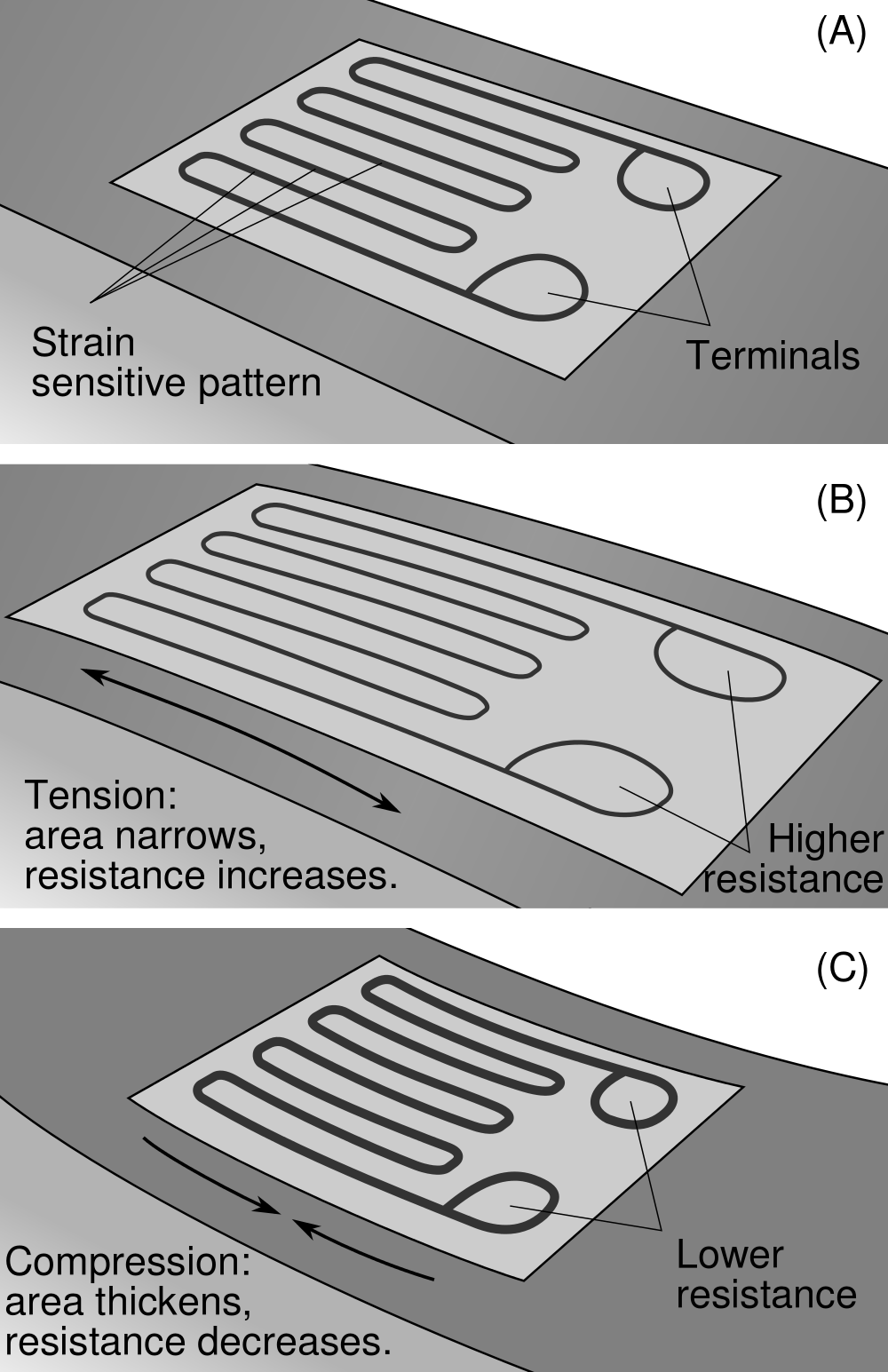
Izantux, CC0, via Wikimedia Commons; https://commons.wikimedia.org/wiki/File:StrainGaugeVisualization.svg
Other types: displacement sensor + beam (i.e Sam’s capacitive and inductive strain gauges
Photons
Photoelectric effect: light hits stuff, stuff emits electrons (i.e electrons are ejected)
- photomultiplier tubes (“photon counters”)
- image intensifiers
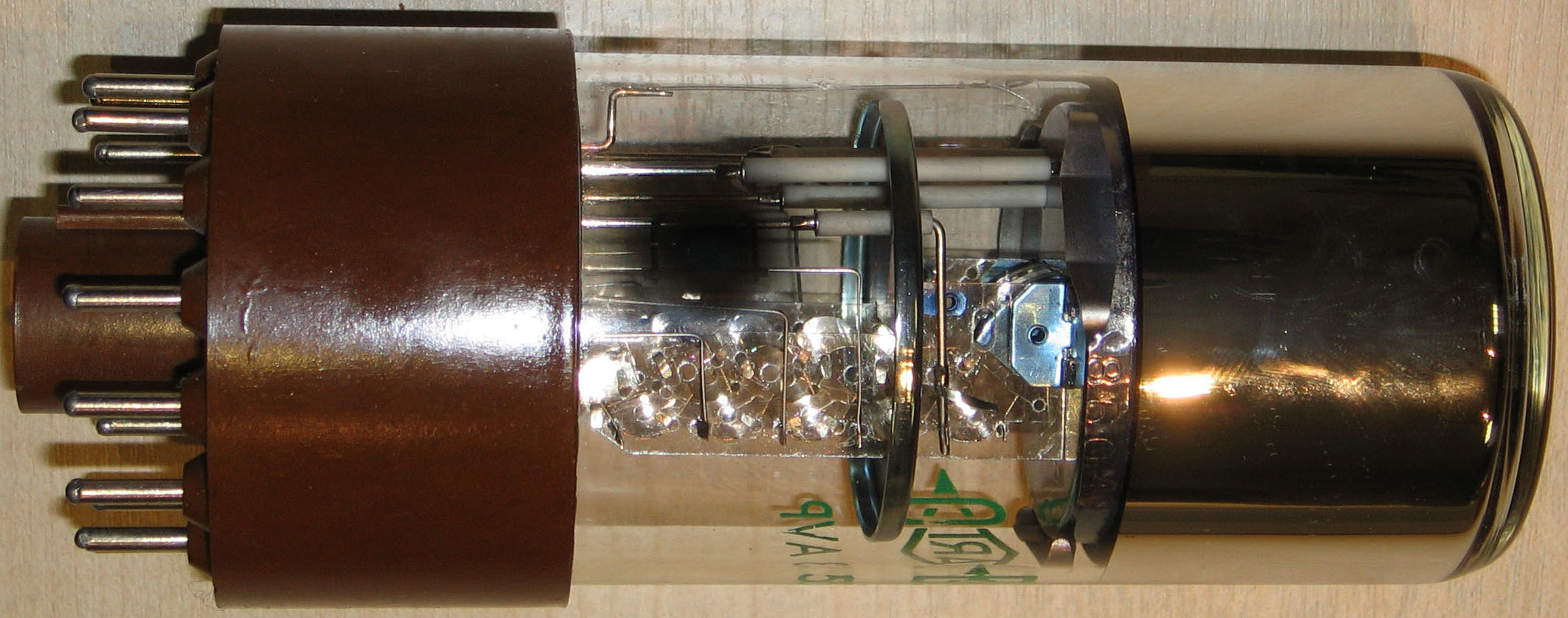
https://commons.wikimedia.org/wiki/File:Pmside.jpg
Photoconductive effect: light hit stuff, stuff changes resistivity
- Photoresistors (i.e CdS cells)

© Nevit Dilmen, CC BY-SA 3.0 https://creativecommons.org/licenses/by-sa/3.0, via Wikimedia Commons: https://commons.wikimedia.org/wiki/File:LDR_1480405_6_7_HDR_Enhancer_1.jpg
Photovoltaic effect: light hits stuff, stuff generates voltage and current (i.e charge carrier stays in material)
- solar cells: get electricity from the sun
- photodiodes: light to current, a tiny solar cell
- photovoltaic mode (no bias), photoconductive mode (reverse bias: fast, noisy)
- PIN: faster
- avalanche photodiodes: optimized for reverse bias, wow so sensitive, $$$ + 100+ VDC
- phototransistor: slower but more sensitive vs photodiodes; in the Fab inventory
imaging
Needs a beefy microcontroller (i.e ESP32-CAM or OpenMV)
If possible, use a computer: Raspberry Pi cam, 8 MP, $25
Fast: Chronos
- Chronos 1.4: 1280x1024 1057 FPS, 1.4 gigapixel-per-second
Telecentric lenses eliminate parallax error within a certain area, but they get expensive
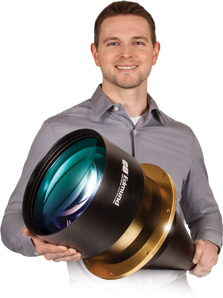
from edmund optics; ~$10k, ~150x200 mm FOV